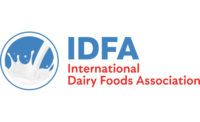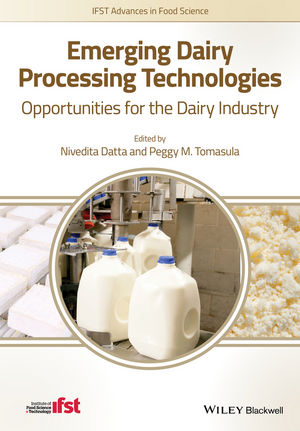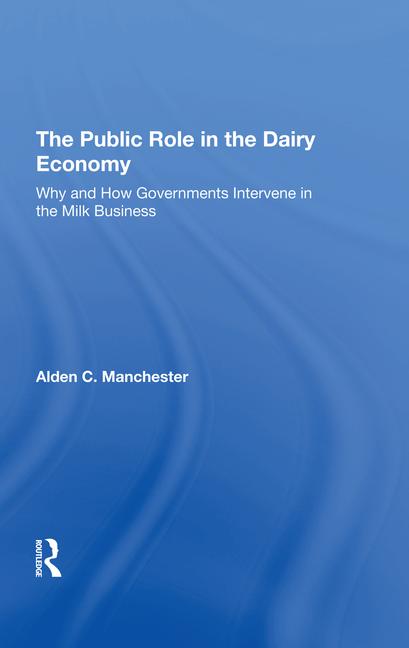USDA Deputy Secretary Jewel Bronaugh announced on Aug. 25 the establishment of a $400 million Dairy Donation Program (DDP) on a call with Senate Agriculture Committee Chair Debbie Stabenow. The DDP, established by USDA’s Agricultural Marketing Service (AMS) in accordance with the Consolidated Appropriations Act of 2021, aims to facilitate timely dairy product donations while reducing food waste.
The establishment of DDP is part of $6 billion of pandemic assistance USDA announced in March and follows last week’s announcement of $350 million Pandemic Market Volatility Assistance Program for dairy farmers on August 19, USDA said. It is the second part of an over $2 billion comprehensive package to help the dairy industry recover from the pandemic and improve or establish programs to make it more resilient to future challenges.
Under the DDP, eligible dairy organizations will partner with nonprofit feeding organizations that distribute food to individuals and families in need. Those partnerships may apply for and receive reimbursements to cover some expenses related to eligible dairy product donations. DDP was inspired in part by the donations made by Michigan Milk Producers Association in conjunction with the Food Bank of Eastern Michigan in response to the Flint water crisis, USDA said.
“The benefits of the Dairy Donation Program are twofold — it supplements other financial support for producers while providing nutritious dairy products to American families,” said Bronaugh. “When there is surplus milk production, we encourage the milk be donated instead of being dumped. Together we can help someone in need, minimize food waste and support the U.S. dairy industry.”
Dairy farmers, cooperatives, or processors that purchase fresh milk or bulk dairy products to process into retail-packaged dairy products and meet other requirements are eligible to participate. Costs reimbursed through the program include the cost of milk used to make the donated eligible dairy product and some of the manufacturing and transportation costs, USDA said. Reimbursement of these costs is designed to help offset some of the costs associated with processing and donating eligible dairy products.
Program details are available at www.ams.usda.gov/ddp. Interested partnerships must apply by completing and submitting a Dairy Donation and Distribution Plan. Upon plan approval, partnerships will be able to submit claims and supporting documentation to obtain reimbursement for eligible dairy products donated since January 1, 2020.
Entities participating in the Milk Donation Reimbursement Program (MDRP) will be automatically enrolled in the Dairy Donation Program, USDA noted.
The interim final rule formalizing the program will soon be published in the Federal Register and will provide eligible handlers and cooperatives procedures on how to participate in the program. The program becomes effective one day after it is published in the Federal Register, USDA said. A preview of the interim final rule is posted on USDA Agricultural Marketing Service website.
The announcement is part of a broader package to help the dairy industry respond to the pandemic and improve or establish programs to be more resilient. Upcoming additional announcements will include $580 million for Supplemental Dairy Margin Coverage for small and medium farms, USDA said. Outside the pandemic assistance funding, USDA will also make improvements to the Dairy Margin Coverage safety net program updating the feed cost formula to better reflect the actual cost dairy farmers pay for high quality alfalfa. This change will be retroactive to January 2020 and is expected to provide additional retroactive payments of about $100 million for 2020 and 2021.
Unlike the pandemic assistance, this change will also be part of the permanent safety net and USDA said it estimates it will average about $80 million per year or approximately $800 million over 10 years for dairy headed into the upcoming farm bill. Full details about these additional actions to support dairy farmers will be provided when regulations are published in the coming weeks. Dairy farmers should wait until these details are available to contact their local USDA Service Center for more information.
The International Dairy Foods Association (IDFA) and a number of dairy companies shared their reactions to USDA’s DDP announcement.
“IDFA applauds USDA for finalizing the Dairy Donation Program, making it possible for U.S. dairy companies to donate fresh, nutritious dairy products to nonprofit organizations reaching Americans struggling with hunger and food insecurity,” said Michael Dykes, D.V.M., president and CEO of Washington, D.C.-based IDFA. “Since the start of the COVID-19 pandemic, U.S. dairy producers and dairy foods companies have led efforts to feed the hungry and support struggling communities. With the Dairy Donation Program announced today, USDA is providing our industry with one more tool to reach Americans in need.
“The dairy industry welcomes the opportunity to continue to partner with nonprofits, charities and other organizations working to combat hunger and nutrition insecurity,” he added. The Dairy Donation Program ensures high-quality, nutritious products like milk, cheese, yogurt and more will get to those who need them most, while ensuring dairy foods producers receive a fair market value for their healthy products. IDFA and our members look forward to working with USDA and the non-profit community to get this program off the ground this fall.”
Joe Diglio, president and CEO of the Novi, Mich.-headquartered Michigan Milk Producers Association, noted that its dairy farmer members have supported milk donation efforts for a number of years.
“It is exciting to see this new program build on our established donation partnerships,” he said. “As food insecurity remains a crucial area of need across the country, milk and dairy products can serve a vital role in hunger-relief efforts. The program addresses this need while reducing food waste and supporting local dairy farmers.”
Jay Bryant, CEO of Maryland & Virginia Milk Producers Cooperative Association Inc., Reston, Va., said his cooperative also applauds the rollout of the program.
“In 2021, our cooperative has donated more than 1,200 gallons of milk to the communities where we farm and process our milk,” he said. “This win-win program has the opportunity to help the dairy industry avoid supply chain disruptions while simultaneously helping nourish our communities.”
Jackie Klippenstein, senior vice president, government, industry and community relations for Kansas City, Kan.-based Dairy Farmers of America, also praised USDA’s move.
“The Dairy Donation Program is an important step in helping to strengthen the dairy industry’s commitment to fighting hunger in a way that reduces food waste and minimizes disruption to the supply chain,” she said. “We are pleased USDA is implementing this and other programs to help distribute dairy to those who need it most.”







